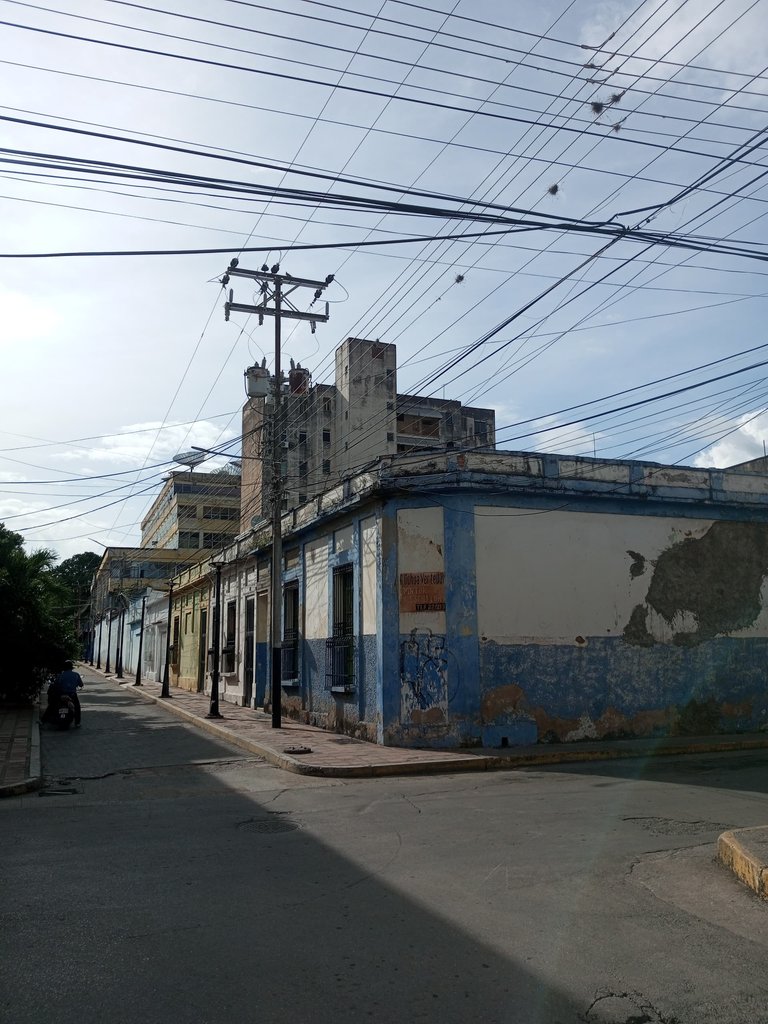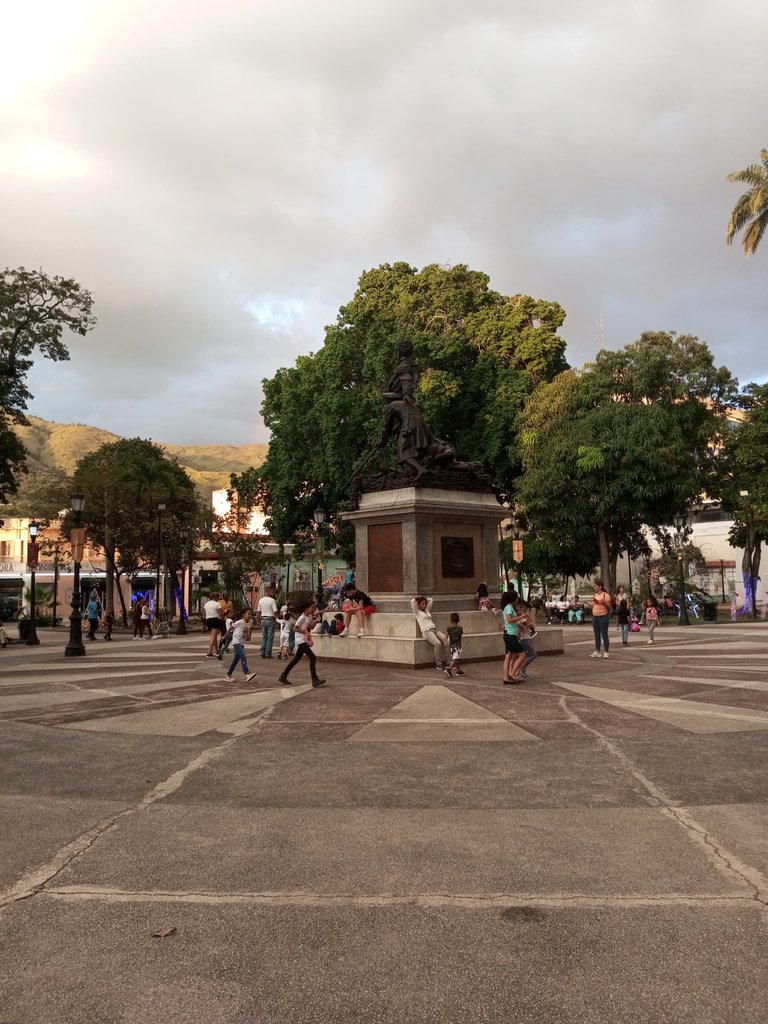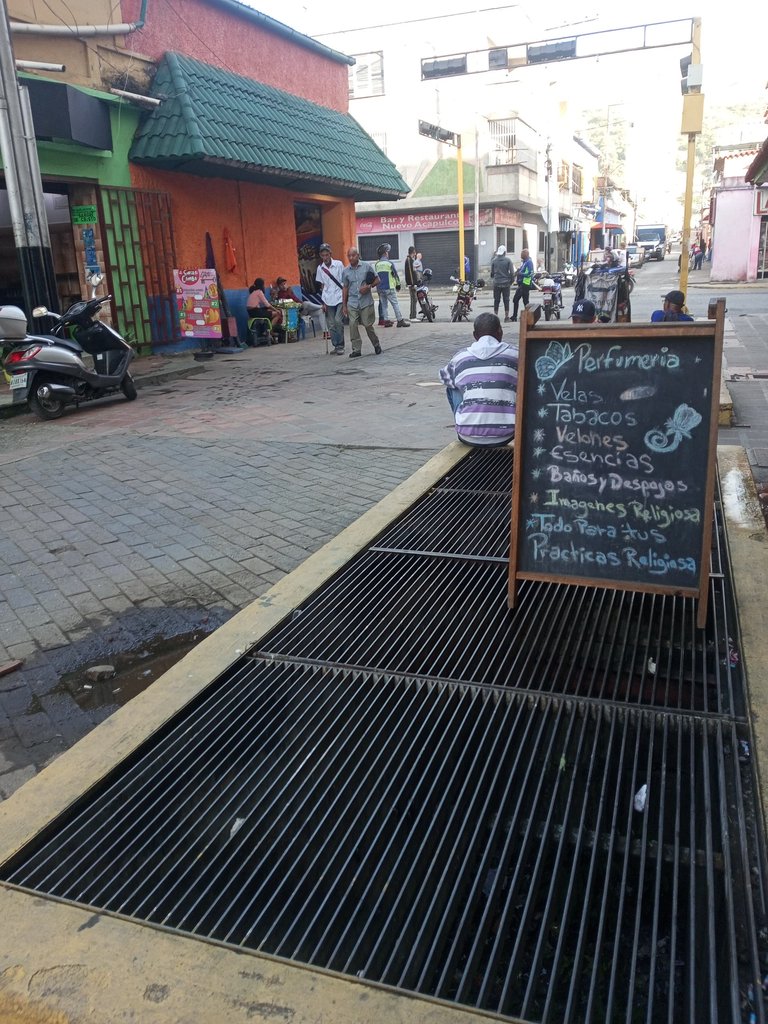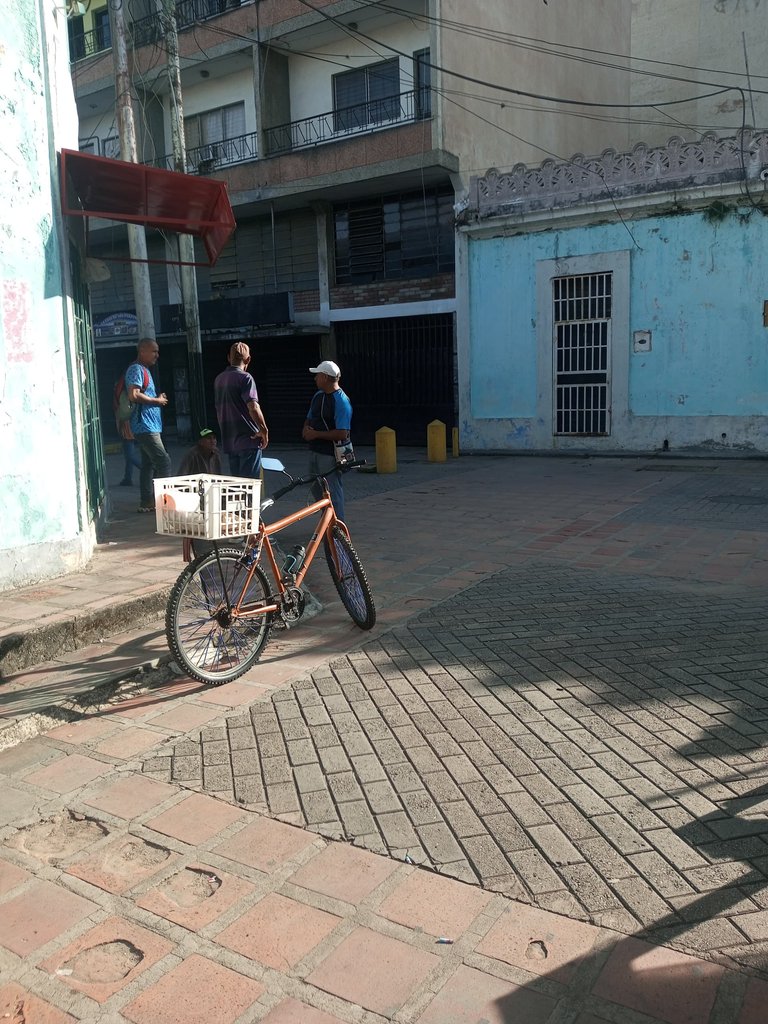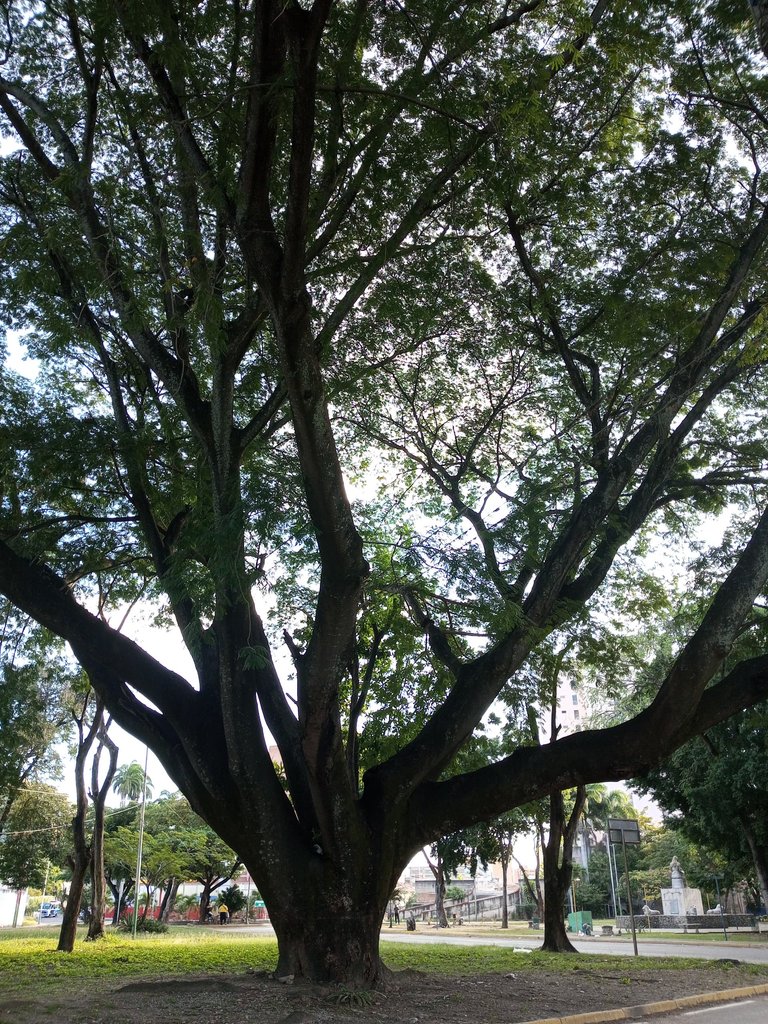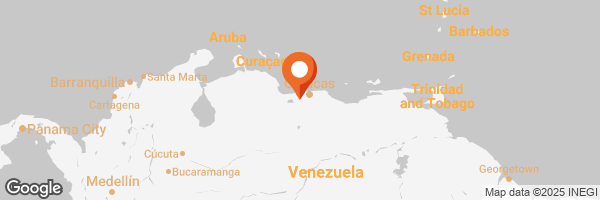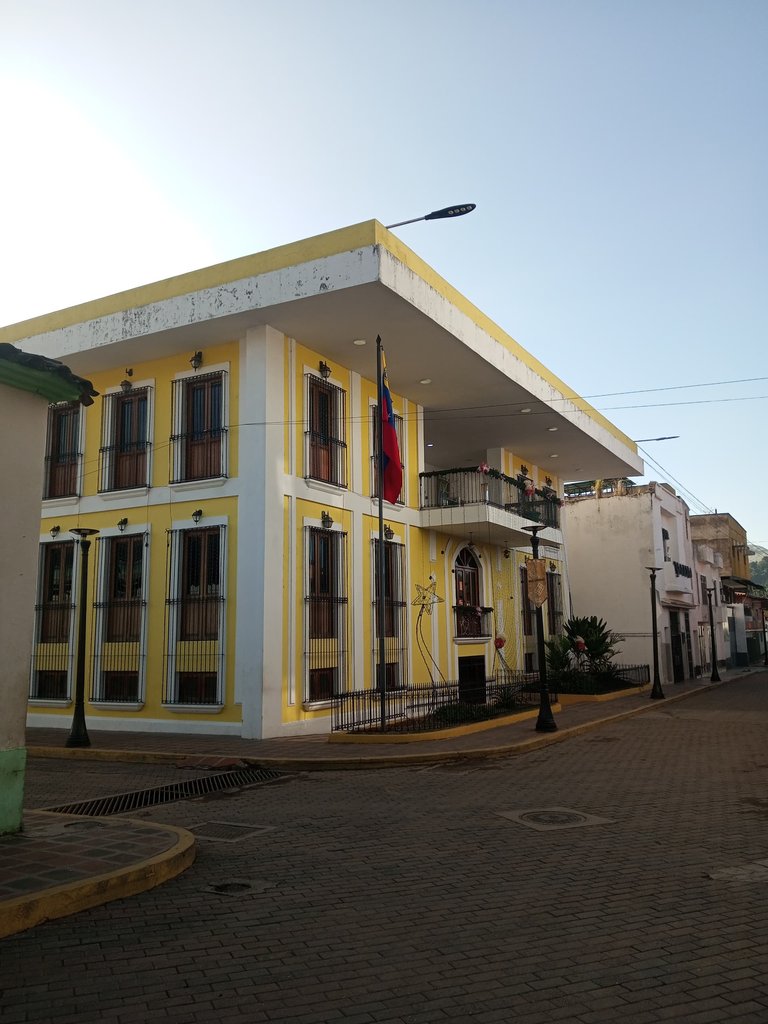
Founded in 1593 on a pre-existing indigenous settlement, La Victoria developed around the agricultural activities of the estates that populated its fertile valley. Over time, it consolidated as the main urban center for neighboring towns like San Mateo and Zuata, El Consejo, Las Tejerías, among others, forging its own identity among the towns of the Aragua valley.
Fundada en 1593 sobre un asentamiento indígena preexistente, La Victoria fue desarrollándose en torno a la actividad agrícola de las haciendas que poblaban su fértil valle. Con el tiempo, se consolidó como centro urbano principal de poblados vecinos como San Mateo y Zuata, El Consejo, Las Tejerías, entre otros, forjando una identidad propia entre los pueblos del valle aragüeño.
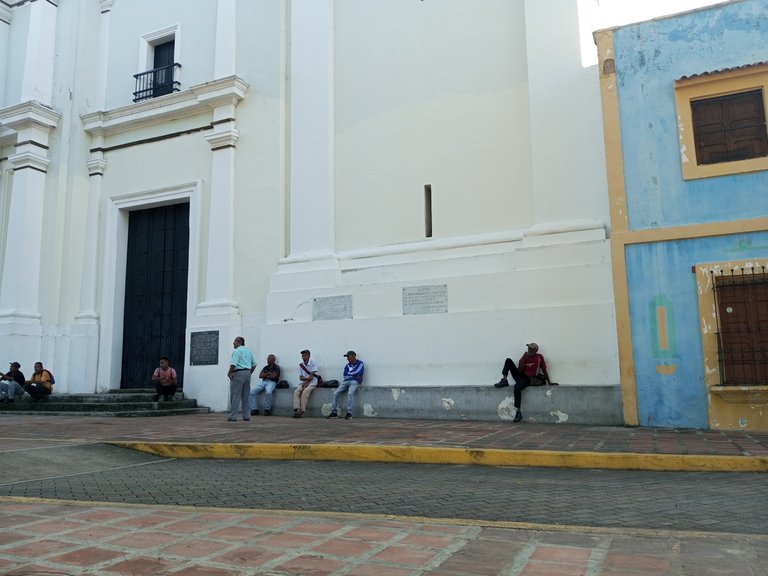
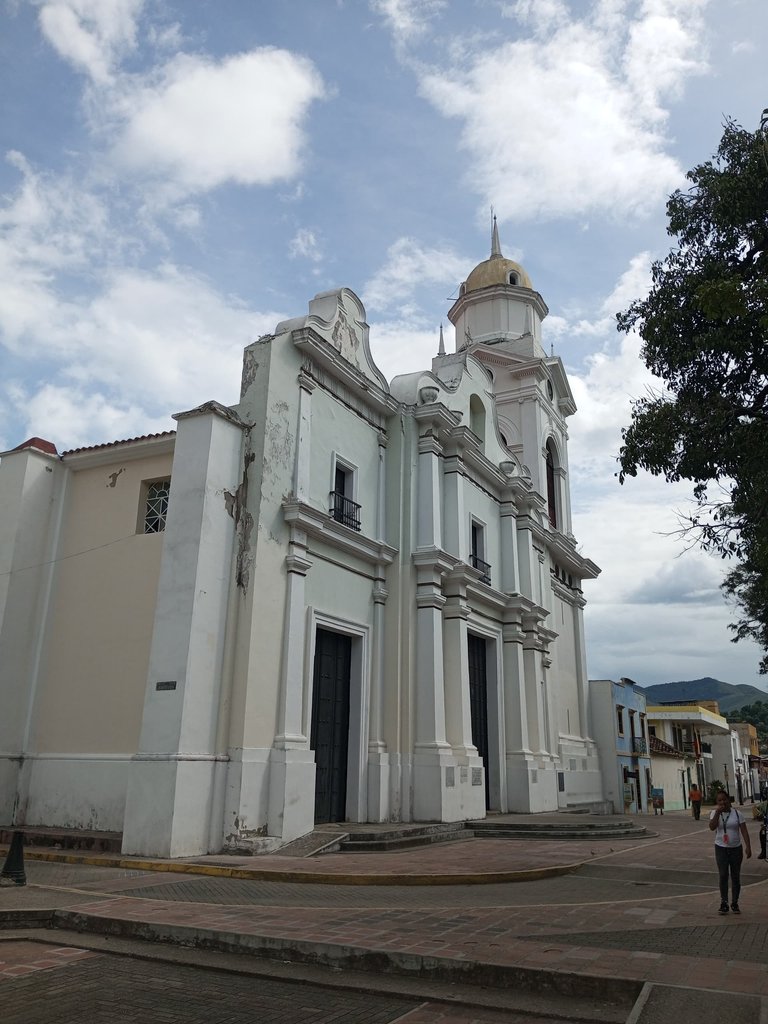
As I walked through its streets, I was drawn to the facades of its houses, showcasing architecture from both the colonial and republican periods, amid curious commercial advertisements and the tangled web of electric wires, all illuminated by that same special light that bathes the treetops and hills surrounding the valley, a backdrop to the stories and illustrious characters that have passed through them.
Recorriendo sus calles llamó mi atención las fachadas de sus casas, con arquitectura tanto del periodo colonial como del periodo republicano, entre curiosos anuncios comerciales y los enmarañados entramado de cables eléctricos con esa misma luz especial que baña las copas de los árboles y las colinas que rodean el valle, telón de fondo de historias y personajes ilustres que han transitado por ellas.
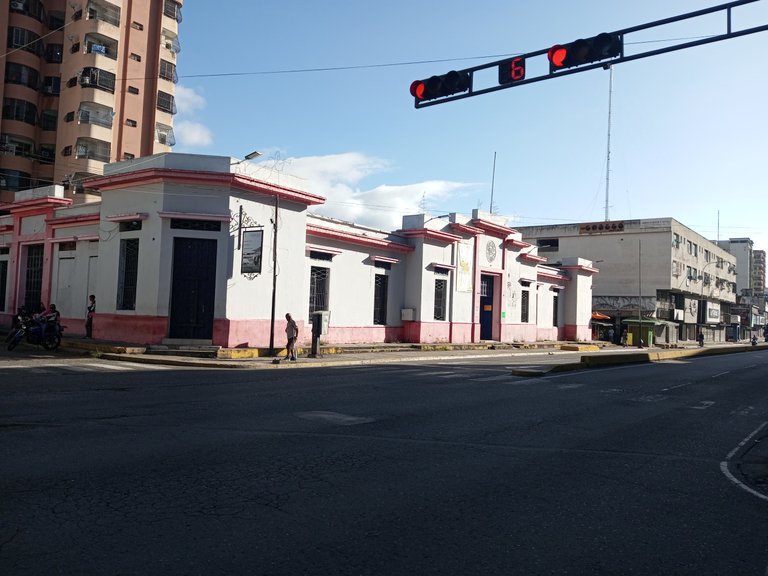
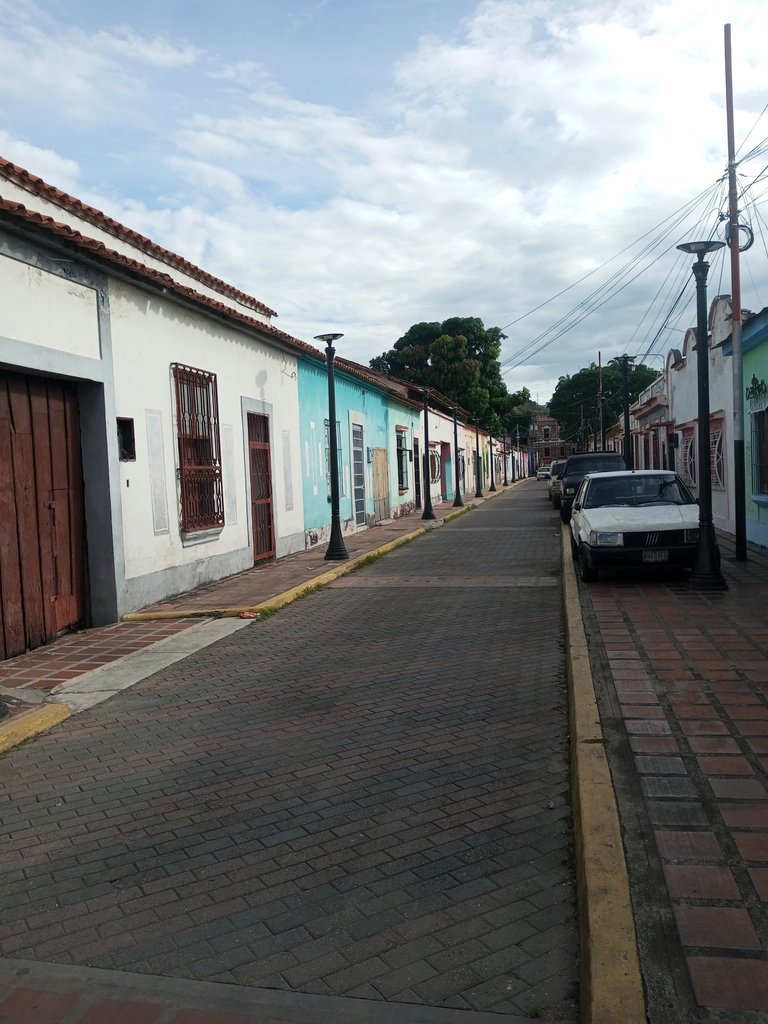
In a quick overview of local history, I read that Alexander von Humboldt and Aimé Bonpland visited the city in 1800. The naturalists, arriving from the east of Venezuela after their stop in Caracas, were beginning their journey through the central region before venturing into the plains.
En un rápido repaso sobre la historia local, leí que Alexander von Humboldt y Aimé Bonpland visitaron la ciudad en 1800. Los naturalistas, que llegaban desde el oriente de Venezuela tras su paso por Caracas, iniciaban entonces su camino por la región central antes de aventurarse hacia los llanos.
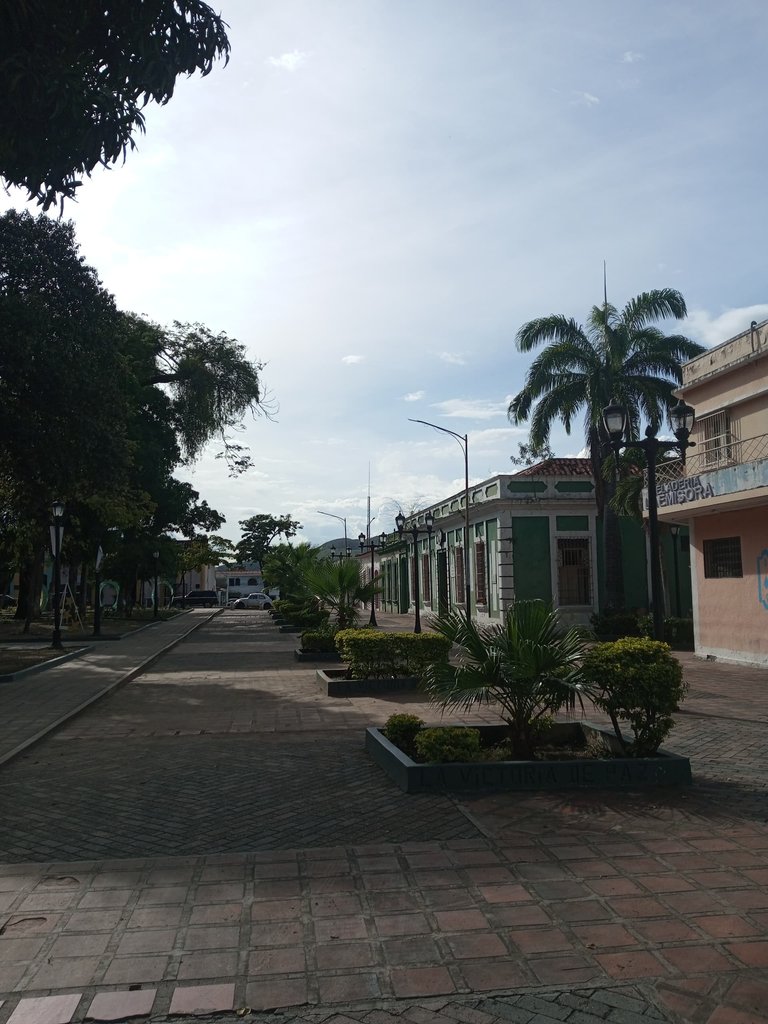
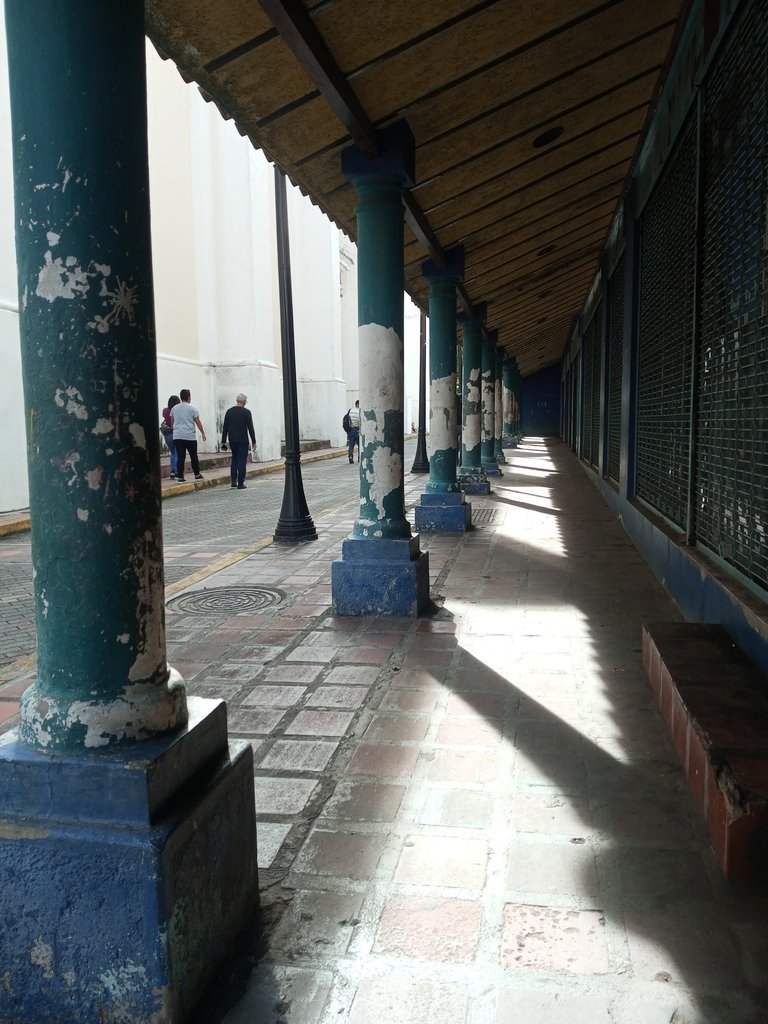
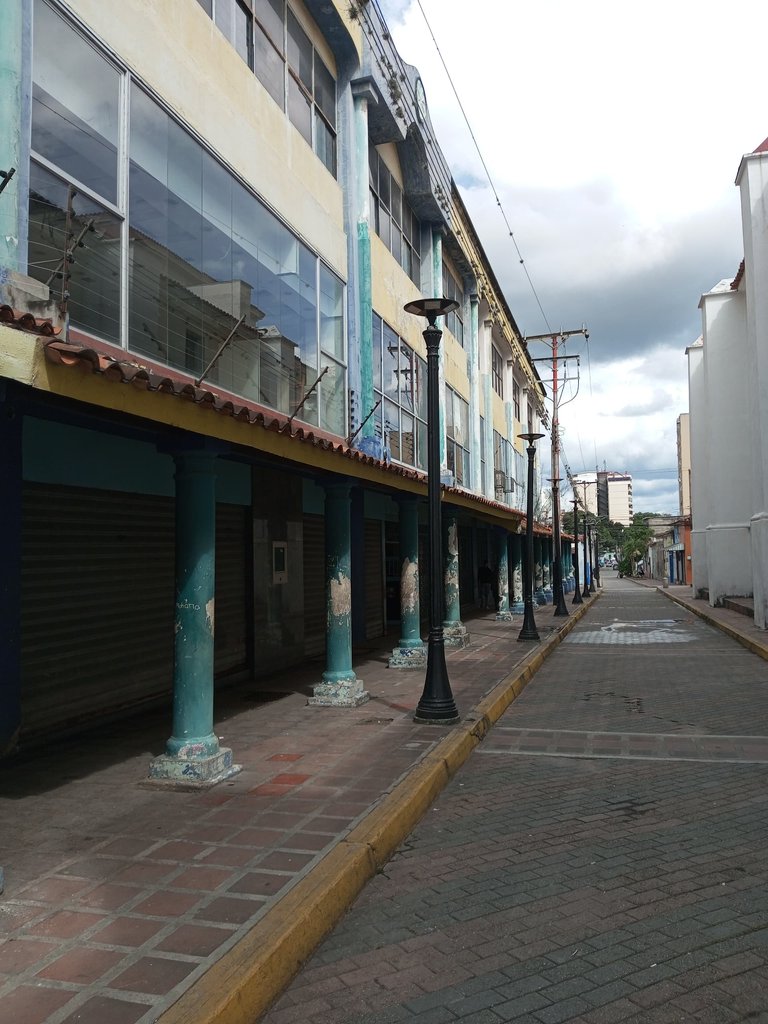
Humboldt made some observations about La Victoria, highlighting its architecture: "it has beautiful buildings, a church embellished with Doric columns." He also described the agricultural surroundings: "fields of wheat next to sugar cane, coffee, and banana plantations." And some demographic notes revealed a population of 7,000 inhabitants, with a significant presence of settlers from the Canary Islands (50%).
Humboldt dejó algunas observaciones sobre La Victoria, destacando su arquitectura: "tiene hermosos edificios, una iglesia embellecida con columnas de orden dórico". También describió el entorno agrícola: "campos de trigo al lado de plantíos de caña de azúcar, de café y de bananos". Y algunas notas demográficas que revelarían una población de 7.000 habitantes, con una significativa presencia de pobladores provenientes de las islas canarias. (50%).
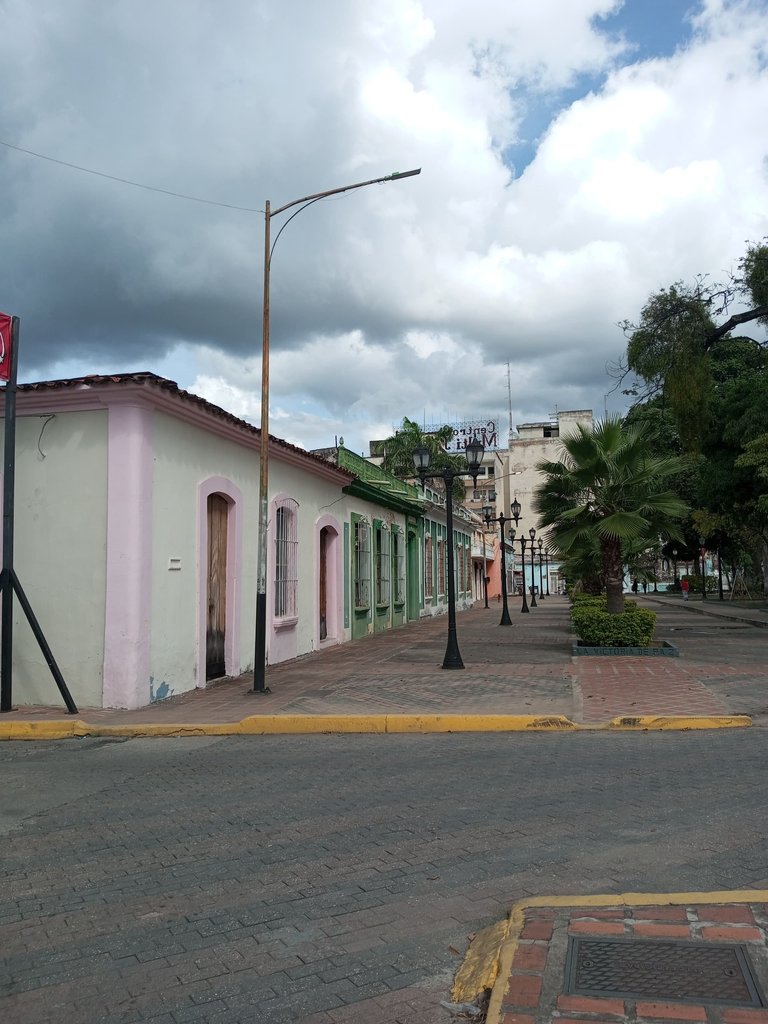
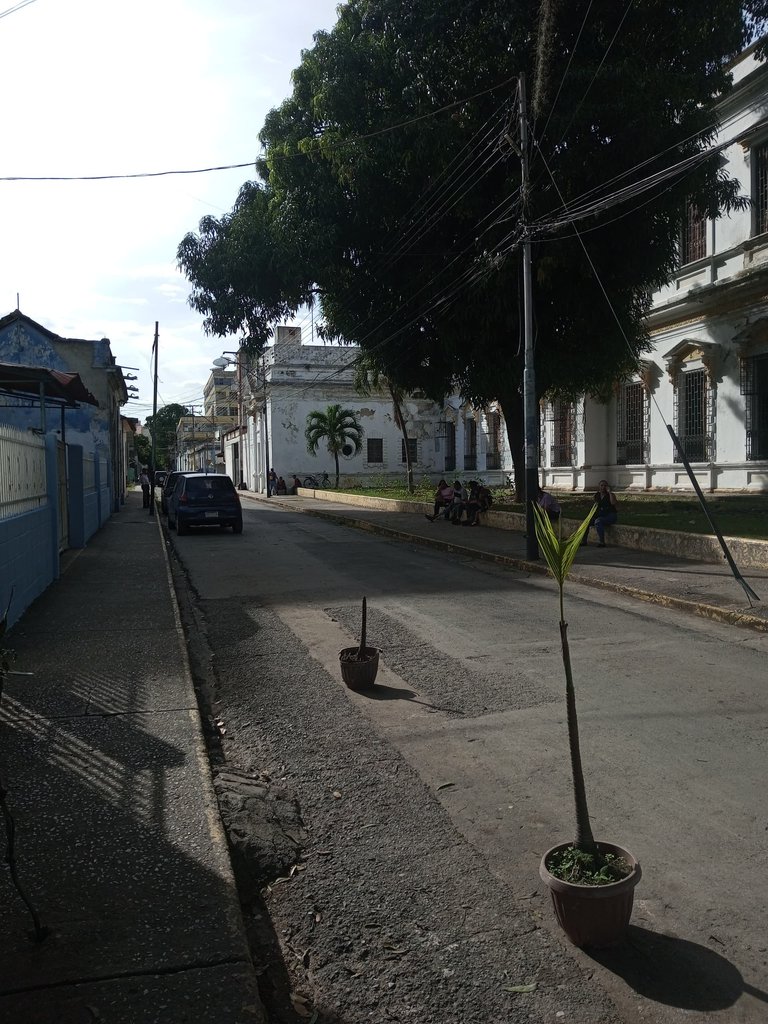
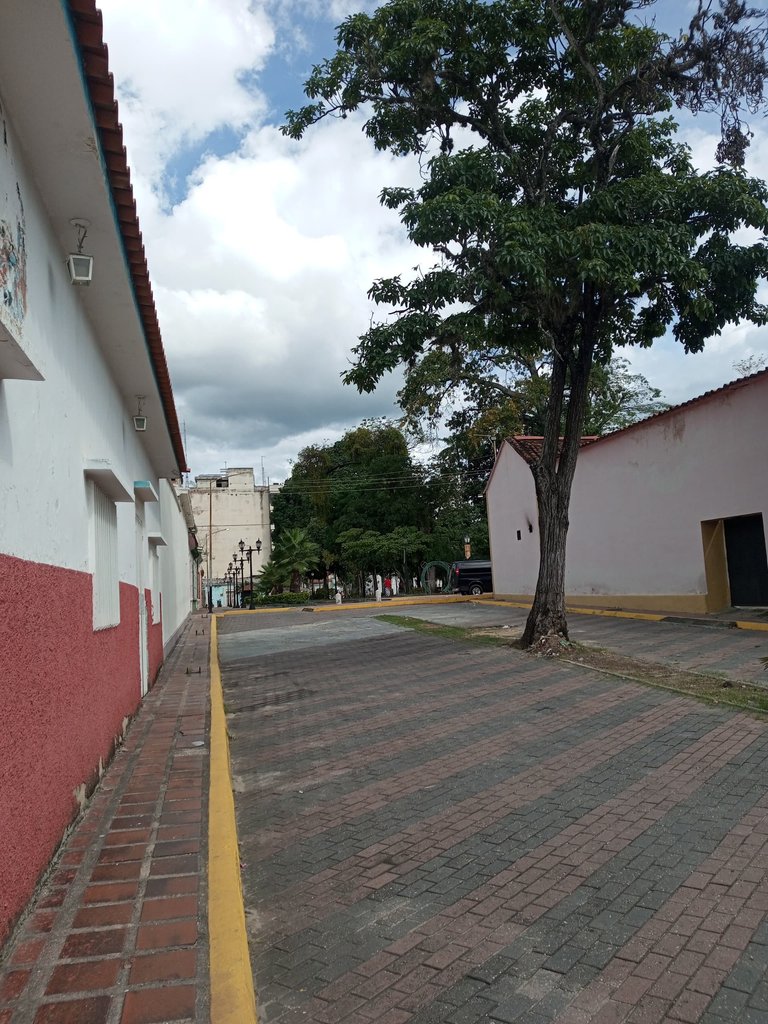
By a singular coincidence, in the past year, I visited several cities that were part of that historic expedition by Humboldt and Bonpland through Venezuela, which began in Cumaná and lasted about a year and a half in this country before continuing to other regions of the American continent.
Por singular coincidencia, el pasado año que recién culminó, he visitado varias ciudades que formaron parte de aquella histórica expedición de Humboldt y Bonpland por Venezuela, iniciada en Cumaná que duró alrededor de año y medio por este país, para luego continuar por otras regiones del continente americano.
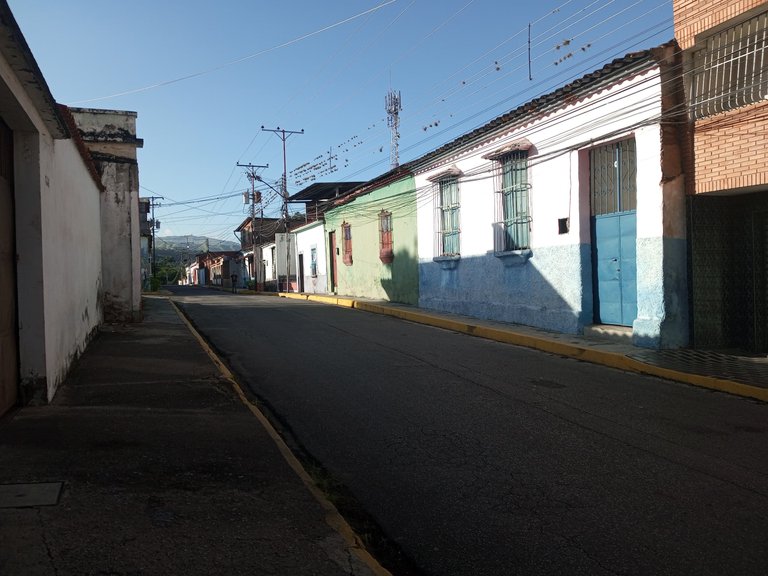
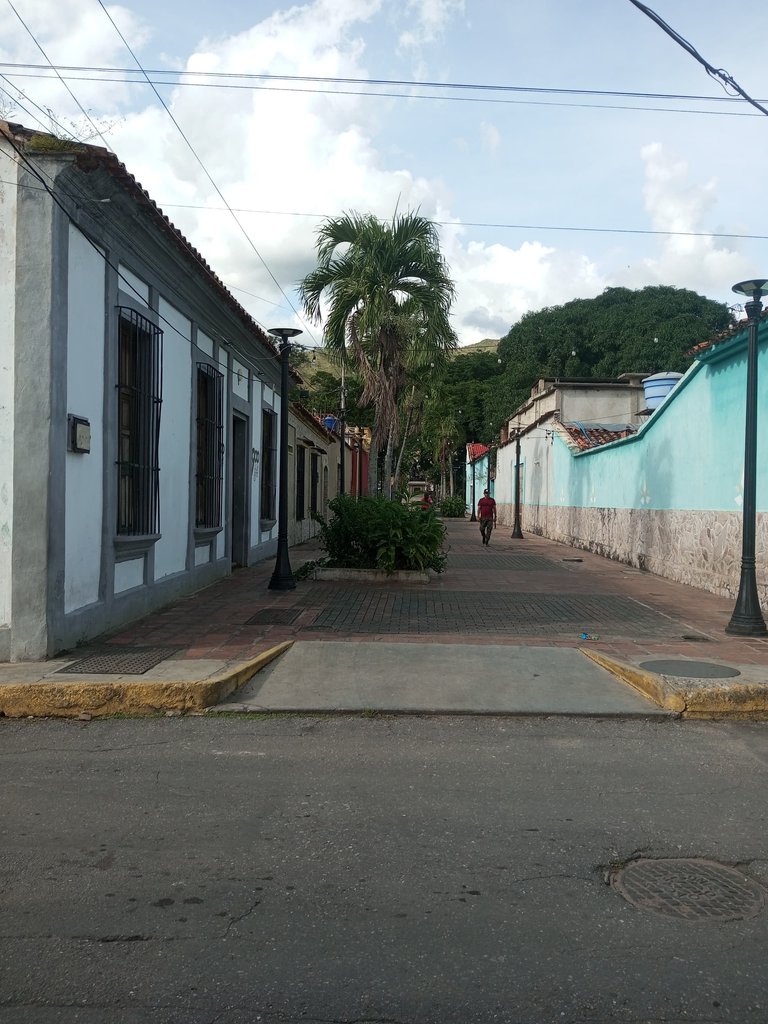
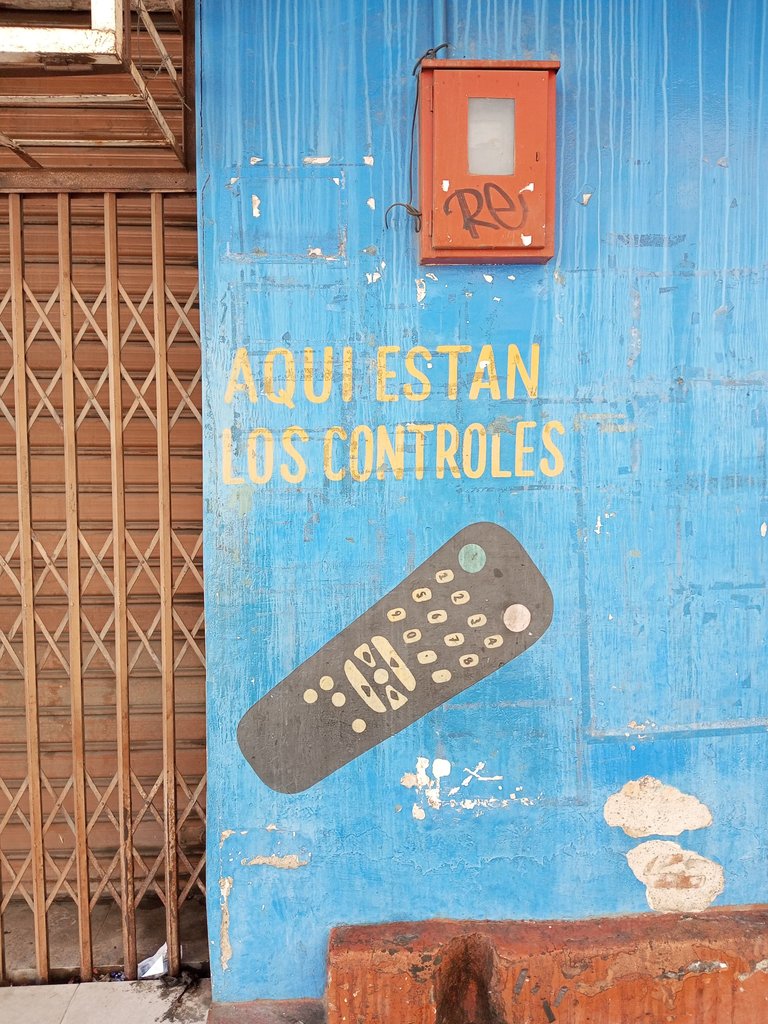
To top it off, this connection intensified when I found the naturalist as a secondary character in one of the passages of "Los derrotados," a historical novel by Colombian writer Pablo Montoya, which I highly recommend.
Para completar, esta conexión se intensificó al encontrar al naturalista como personaje secundario en uno de los pasajes de "Los derrotados", novela histórica del escritor colombiano Pablo Montoya, que por cierto, recomiendo muchísimo.
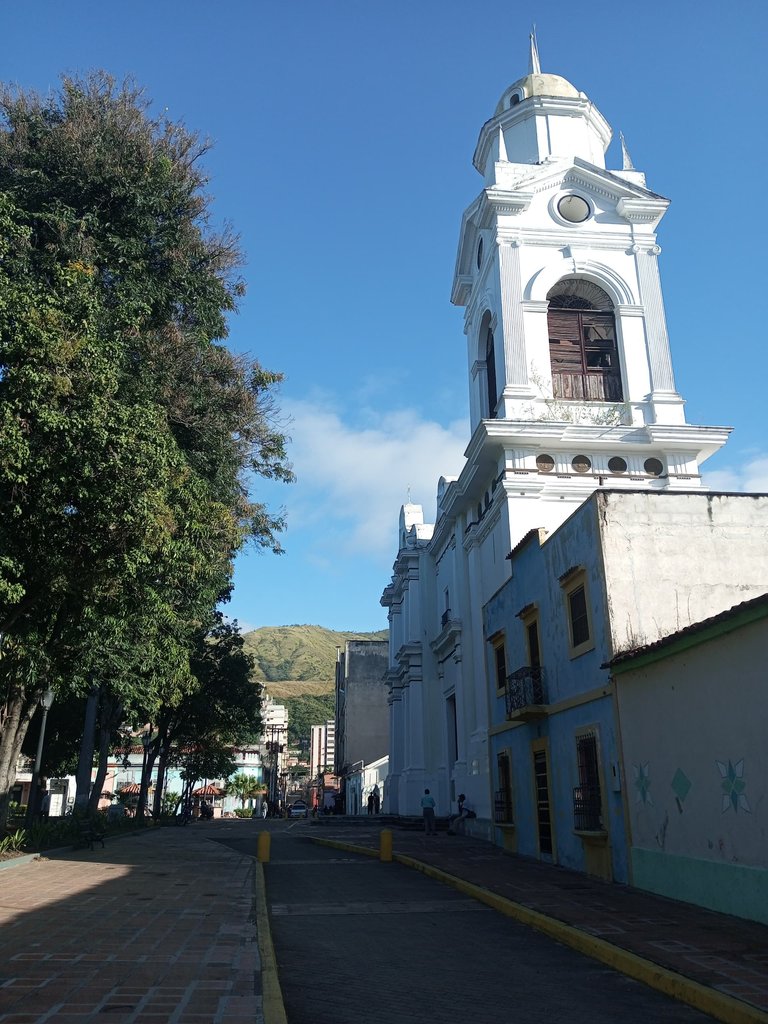
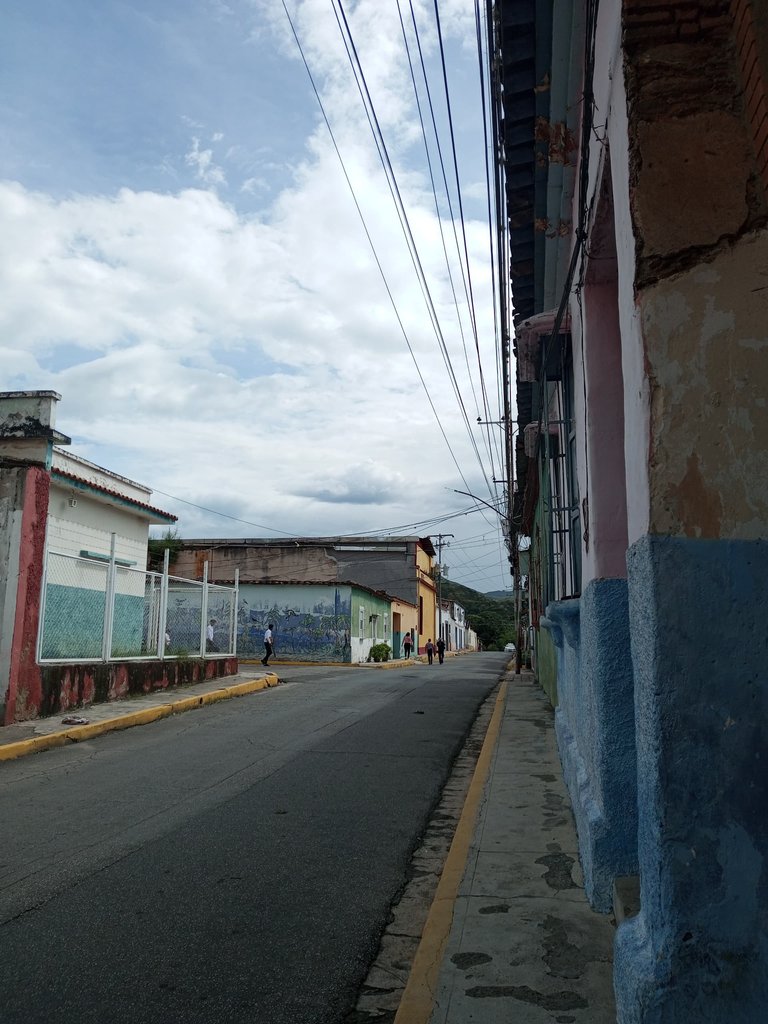
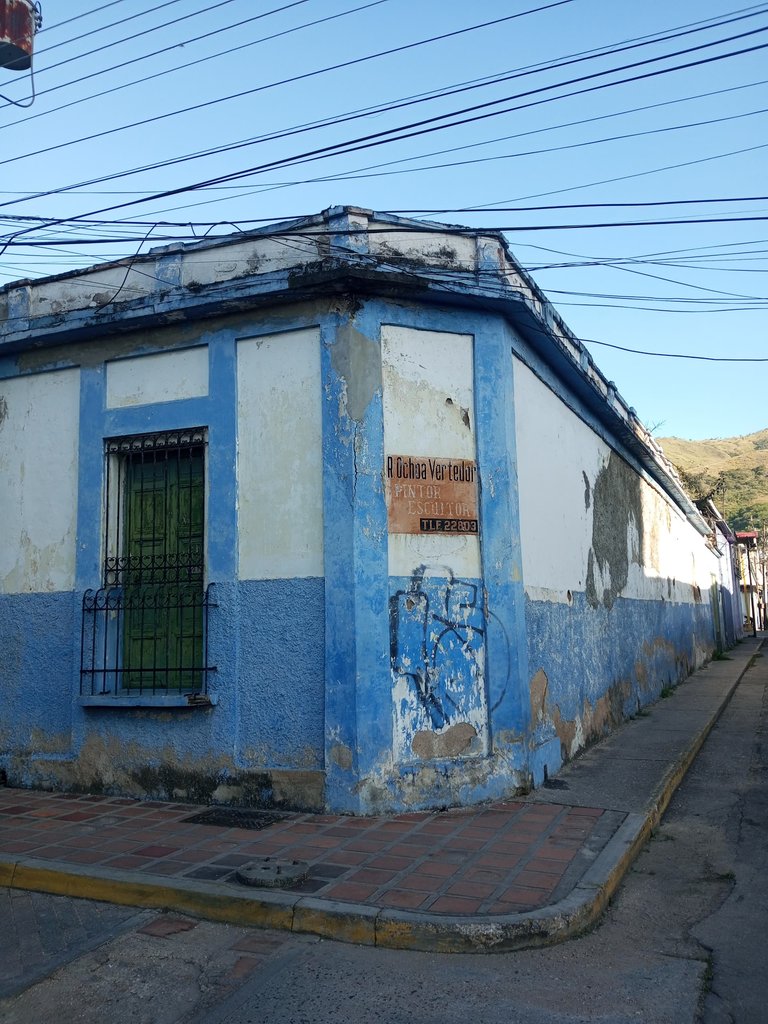
This photographic journey seeks to capture some of the everyday essence I found in present-day La Victoria, as a visual testimony of my time spent in its streets.
Este recorrido fotográfico busca capturar algo de la esencia cotidiana que encontré en La Victoria actual, como testimonio visual de mi paso por sus calles.
